Hardwood Floor Damage: 3 Things to Watch Out For
If things are going poorly for your hardwood floor, it’ll most likely tell you by displaying one of a few symptoms that are surefire signs of damage.
To prevent things like this from happening, homeowners need to take care of their floorings as specified by manufacturers and experts. Use the right cleaning techniques, maintain the correct environment, and ensure that the flooring has everything it needs to succeed.
Risks of Improperly Installed Hardwood Floors
Bad installation can cause a multitude of issues due to using the wrong equipment, improperly aligning boards to increase the chance of damage, cracks, and water damage; and potentially missing pieces like expansion gaps or subfloor materials.
Improperly installed hardwood floors can lead to:
Cracks in boards or separation of boards
Cupping of the board (the edges rising creating a U shape on the board)
Crowing on the board which is the opposite of cupping (when the middle of the board rises)
Buckling or when the flooring actively pulls itself separate from the subfloor
Water Seepage Causing Hardwood Floor Damage
Everyone knows that hardwood hates water, especially when it's able to stand, soak, and rot into the boards. Sitting water is a problem. When it's under the floor, it’s a big problem because most people won’t notice that it’s doing damage until it's too late.
Water under the floor is typically caused by leaks in appliances (dishwashers, washer and dryer, refrigerator, etc.) or through leaks in plumbing which allows outside water to get in.
High Humidity Leading to Hardwood Floor Damage
In a similar vein, humidity can damage hardwood floors as the flooring is able to absorb moisture from the air. For people living in more hot and humid parts of the country, or just during the hot summer months, this can be an issue as the boards take on water, expand, and rot.
Wood must adjust to its new environment in order to thrive. This means becoming adjusted to the temperature, humidity, etc. before being installed. The best way to do this is to simply let the wood sit in its future home for a time, but it can also work if it’s stored in a very similar situation elsewhere. Acclimation allows the wood to adjust to differences in the air before being locked into place.
Hardwood flooring is tough and can last a long time if taken care of properly, and this extends to how you maintain and clean it. Avoid using anything that could scratch the floor like rough vacuum wheels, beater bars, abrasion pads, or anything that could slide furniture.
Additionally, using water in the cleaning process is not always a great idea, it’s also more acceptable to use hardwood-specific materials and polishes that are designed for best use on hardwood.
To install new hardwood in your home, contact the Chicago flooring specialists at Scharm Floor Covering.
